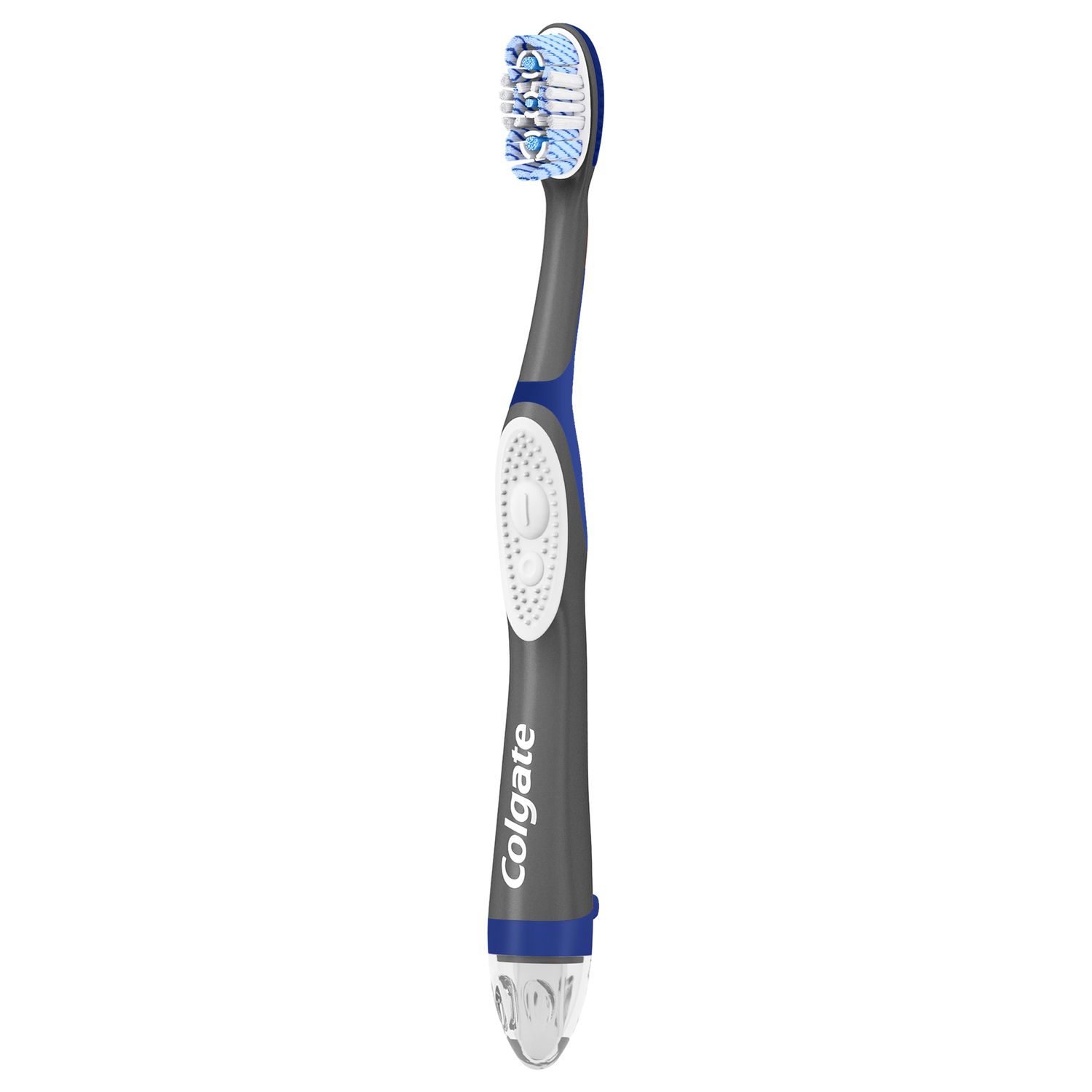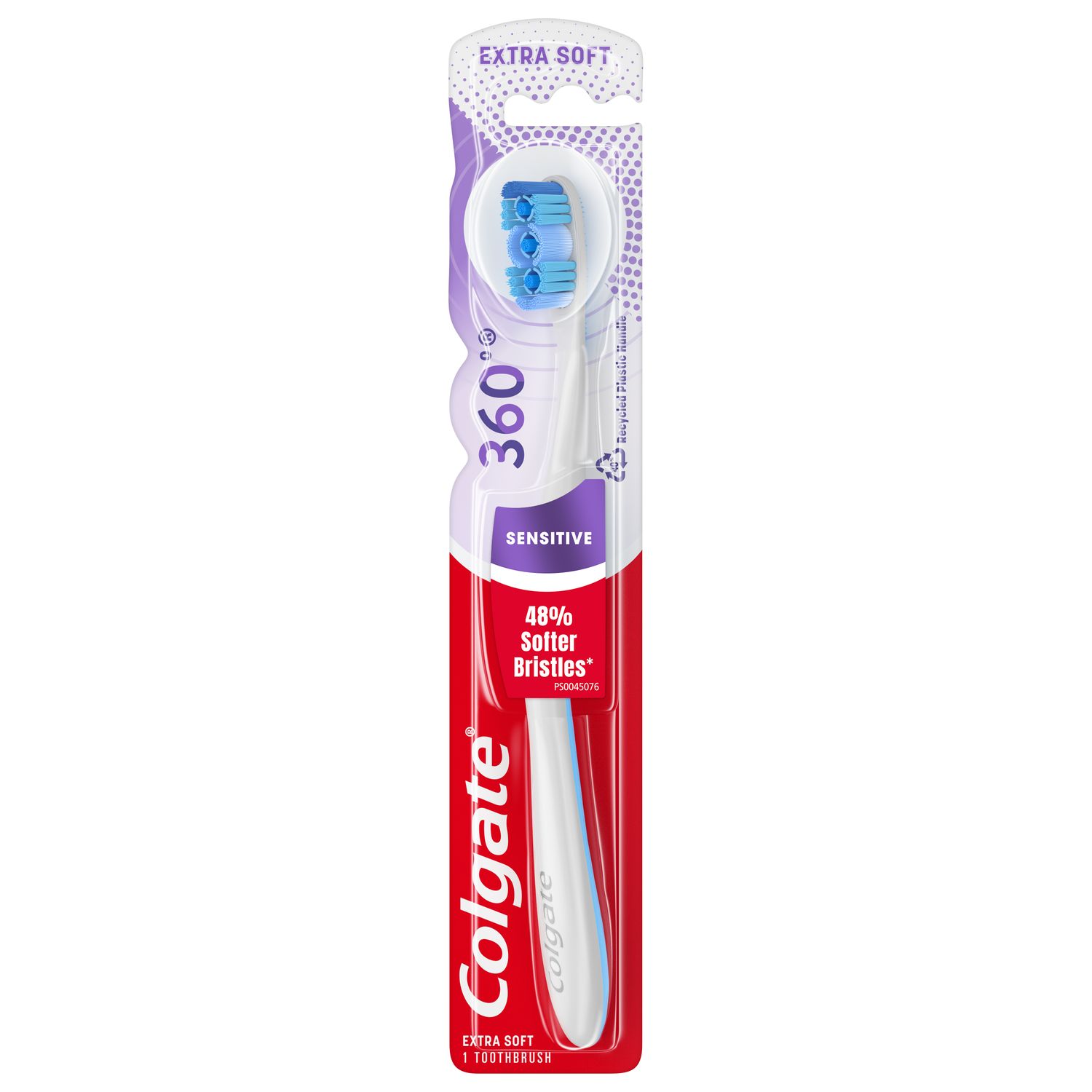What Is a Gingivectomy?
A gingivectomy is the total removal of a portion of the gingiva (gum) from in and around a tooth or teeth. The procedure is typically performed in order to treat gum disease, or to increase the height or width of one or more teeth.
A gingivectomy can be performed by a general dentist who has training in periodontal surgery, but it is more likely to be done by a periodontist. The American Academy of Periodontology (AAP) defines a periodontist as a dentist with specialized training in the treatment of gums and gum conditions.
There is a similar periodontal surgery called a gingivoplasty. While a gingivectomy focuses on the removal of diseased or excess gum tissue, a gingivoplasty focuses on reshaping the gum tissue around the gum line. While they are sometimes performed at the same time, they are two distinct surgeries with different purposes.
How Is a Gingivectomy Performed?
During a gingivectomy, the surgeon will typically use a scalpel to remove gum tissue. According to the Romanian Journal of Morphology and Embryology, some surgeons now use low-frequency lasers to remove the tissue instead.
After the gum tissue is trimmed and removed, the remaining gums are reattached in and around the teeth using sutures (stitches), and the area is cleaned with saline and special rinses.
After the procedure is completed, a surgical dressing, or pack, is placed in and around the teeth and gums. This dressing is left in place for about a week. Swishing with an antibacterial mouthwash can help in the healing process.
Is a Gingivectomy Painful?
If you’re considering a gingivectomy and wondering about pain during the surgery, don’t worry! You'll be given a local anesthetic beforehand so you won’t feel any pain during the procedure. Your periodontal surgeon may also offer you sedation.
Your gums will be sore in the days after the surgery, but your periodontist will advise you how to manage this at home. Over-the-counter painkillers and anti-inflammatories will usually be sufficient, but do speak to your periodontist if the pain is severe, long-lasting, or otherwise concerning for you.
Do Gums Grow Back After a Gingivectomy?
Surgically removed gum tissue will not grow back after a gingivectomy. In the week or two after your surgery, your gums might appear swollen, but this should subside as they heal. You can do the following to help the healing process along:
Follow your periodontist’s oral hygiene instructions.
Take all medications as directed.
Avoid touching the surgical area.
Eat soft foods like eggs, mashed potatoes or yogurt.
Avoid spicy, crunchy, sticky or salty foods.
Avoid alcohol and tobacco.
Avoid very hot, very cold, or acidic foods and drinks.
What Care Is Required Post-Gingivectomy?
Most patients can return to a normal oral care regimen in less than a month after the procedure. Routine check-ups with a dentist or periodontist will ensure that the surgery is a success. The dental professional who performed the surgery will probably want to follow up with visits every three months, and may recommend preventive health visits once or twice yearly to clean in and around the surgical site.
How Much Is a Gingivectomy?
Gingivectomy is usually covered by insurance if it’s necessary to treat an oral health condition, like periodontal disease, but not if it’s purely for cosmetic reasons. The out-of-pocket cost ranges from $200-400 per tooth, but some periodontists will offer discounts for multiple teeth.
This article is intended to promote understanding of and knowledge about general oral health topics. It is not intended to be a substitute for professional advice, diagnosis or treatment. Always seek the advice of your dentist or other qualified healthcare provider with any questions you may have regarding a medical condition or treatment.
ORAL HEALTH QUIZ
What's behind your smile?
Take our Oral Health assessment to get the most from your oral care routine
ORAL HEALTH QUIZ
What's behind your smile?
Take our Oral Health assessment to get the most from your oral care routine















